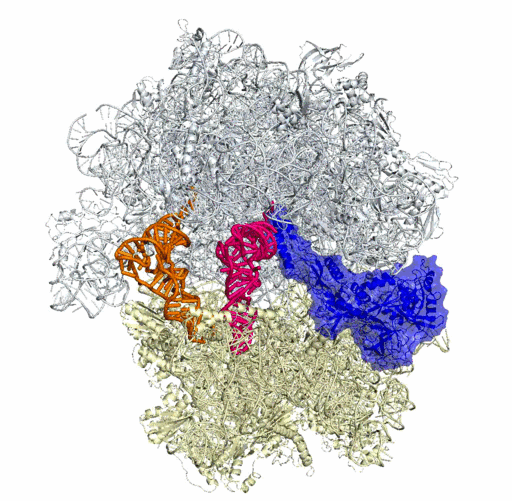GENETIC ENGINEERING IN AGRICULTURE
The Restoration of Food

how it works
Digestion in bt crops
BT crops target the gut of the organism but however are only effective in a high basic level pH. Compared to the pH level of a human's stomach acid which is a 2, an insect's pH level is a 10 displaying the different environments between both. BT toxins are effective by binding to specific receptors, inhibiting the insect from eating. There, toxins attack the organisms gut membrane, punching holes in the process. With these small puncture holes, solutes are able to rush inside and cause the cell to burst internally. As the bursting of cells occur more frequently, spores rapidly increase that lead to the death of the organism. Additionally, the process does not occur instantly but rather progresses throughout a couple of days.
[H.1]

[H.7] Here demonstrates the process of how BT crops are digested by insects.
While the BT protein is still inside the gut, it encounters aminopeptidases and alkaline phosphatases that are commonly found on the gut wall.
Alkaline phosphatases have the functions of:
-
aiding in the absorption of fat
-
regulation of pH in mucus protecting stomach lining
-
aiding in the reaction towards bacterial food poisoning
Aminopepidases are enzymes that speed up the splitting or division of cells of amino acids and are spread out throughout the animal ranging from the cytoplasm to the cell membrane. These enzymes also aid in the breakdown of proteins that begin from the N-terminus. The BT protein loosely binds with both molecules, then binds to a cadherin protein. After BT proteins go into the cell membrane, it gains the ability to form a spore.
how proteins are made
To understand the process of RNAi and how it interferes with mRNA to stop protein production, first we have to understand how proteins are made and why they are so important. Proteins act like the building blocks of the body to all living organisms but also carry out other significant duties.
The following are some of the functions for proteins:
-
Enzymes - enzymes are catalysts, meaning they speed up chemical reactions within the body. An example would be digestive enzymes that aid with the breakdown of food molecules
-
Antibodies - antibodies aid in the destruction of antigens which are viruses, bacteria, or toxins
-
Structure - structural proteins aid cells to keep their shape and provide support. Examples would include keratin, the protective outer layer to the nails and skin.
The process of making proteins is begins with transcription and translation. In transcription, the enzyme RNA polymerase binds to to DNA, creating a strand of messenger RNA by adding nucleotides. Uracil replaces thymine while cytosine and guanine are still grouped together. During translation, messenger RNA moves out of the nucleus and into the cytoplasm while ribosomes, the protein making factories, connects to mRNA. Transfer RNA has a clover like shape and translates the mRNA, reading three bases at a time and delivering amino acids. By doing so, long strands of amino acids form, thus creating proteins.


[H.2]
[H.3] [H.4] [H.5]
[H.7] A 3-D image of a protein is shown.
[H.8] Here displays the site and process of protein synthesis.
process of rnai
RNAi uses the process of gene silencing and begins with double stranded RNA. An enzyme called Dicer dices dsRNA into smaller pieces which are then called small interfering RNA. Additionally, small interfering RNA (SiRNA) are approximately 21 nucleotides in length. SiRNA then progresses to bind to Argonaute proteins which have the ability to control protein synthesis and bind various non-coding RNAs. A double stranded RNA is then discarded while the other strand called the guide strand is continuously bound to the proteins.
Forming a RNA induced silencing complex (RISC) involves both the bound RNA strand and the Argonaute protein in addition with other proteins. RISC targets specific messenger RNA's and then proceeds to speed up the splitting action of messenger RNA that is then destroyed. However, micro RNAs also have the ability to aid RISC to target messenger RNA by pairing what is known as its seed with target messenger RNAs. This method creates a broader spectrum of messenger RNAs to be chosen, may prevent translation during protein synthesis, and messenger RNAs being destroyed.
[H.6]

[H.9] The process of RNAi is displayed with this diagram.